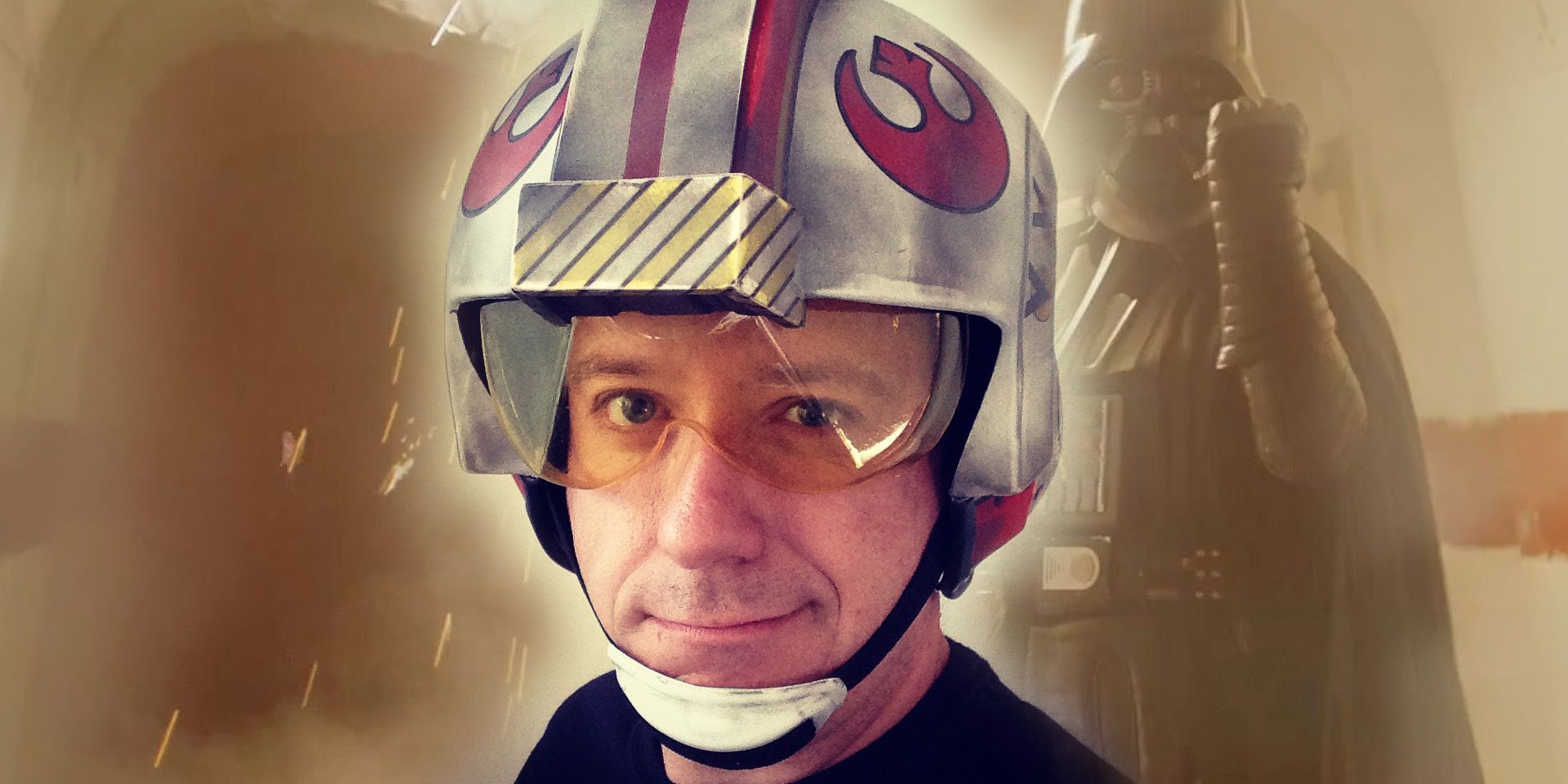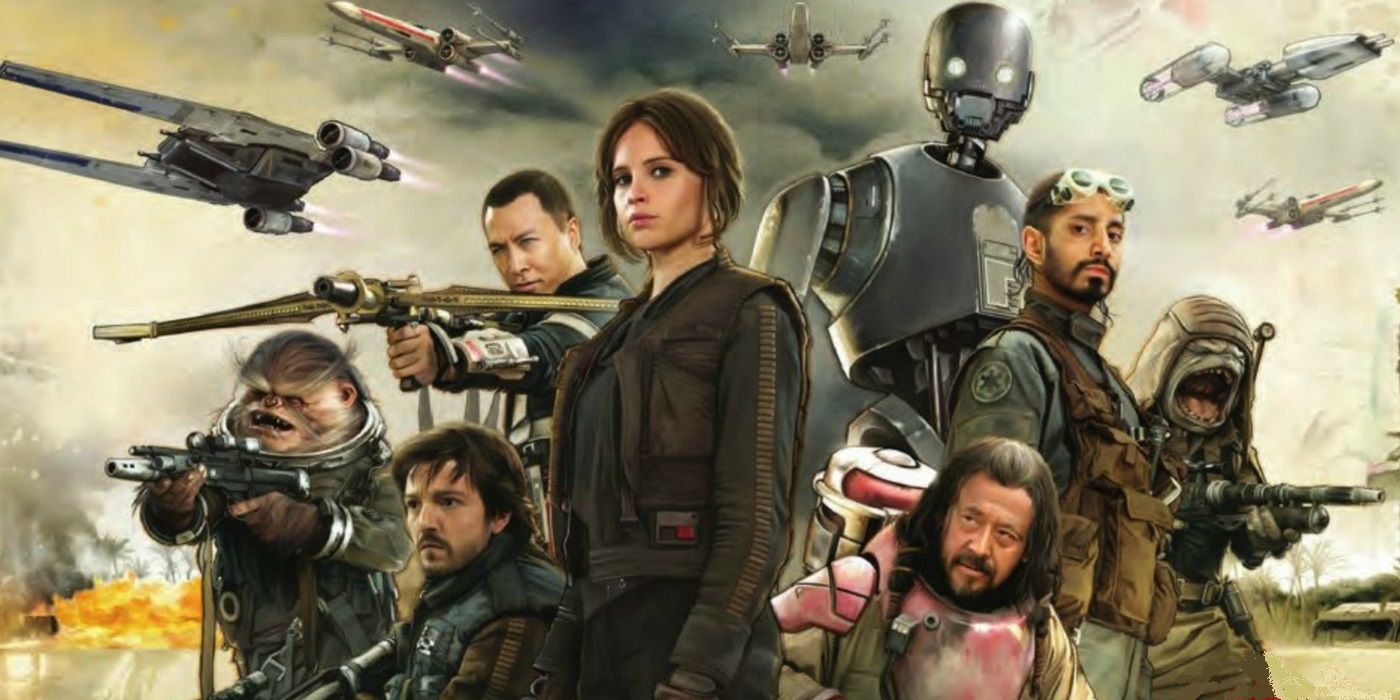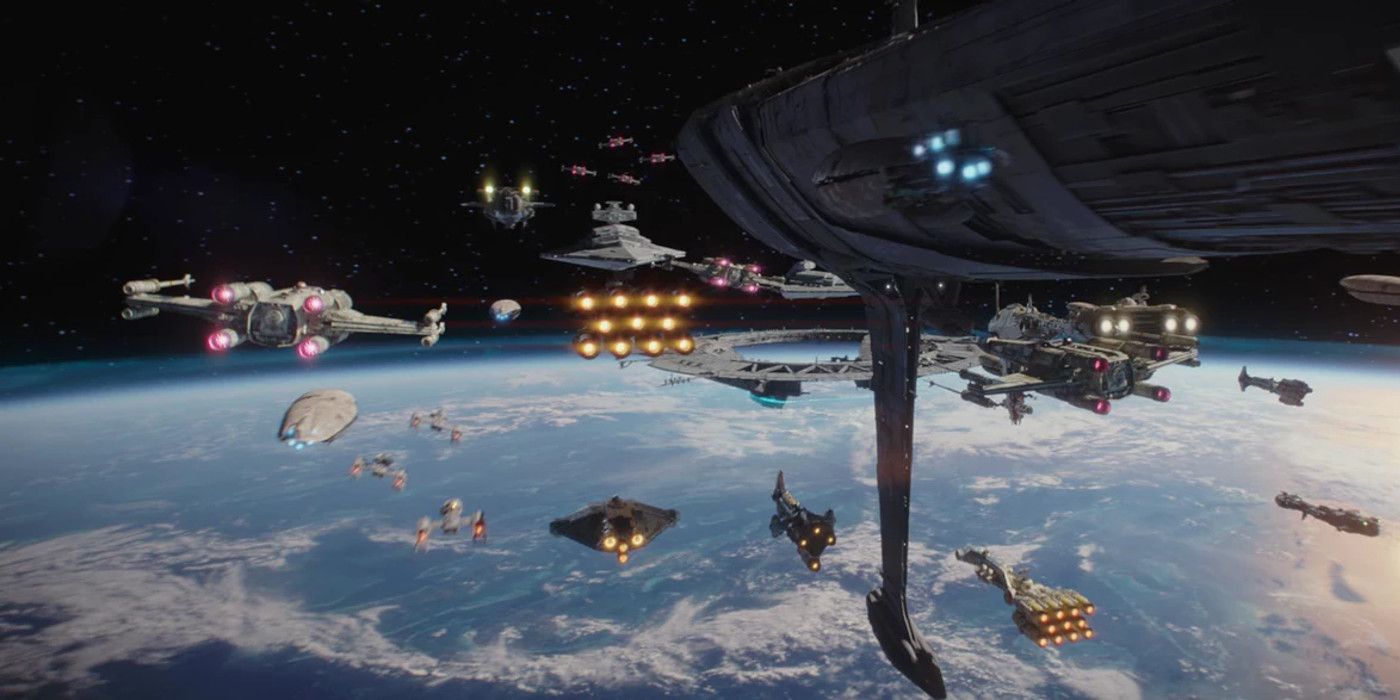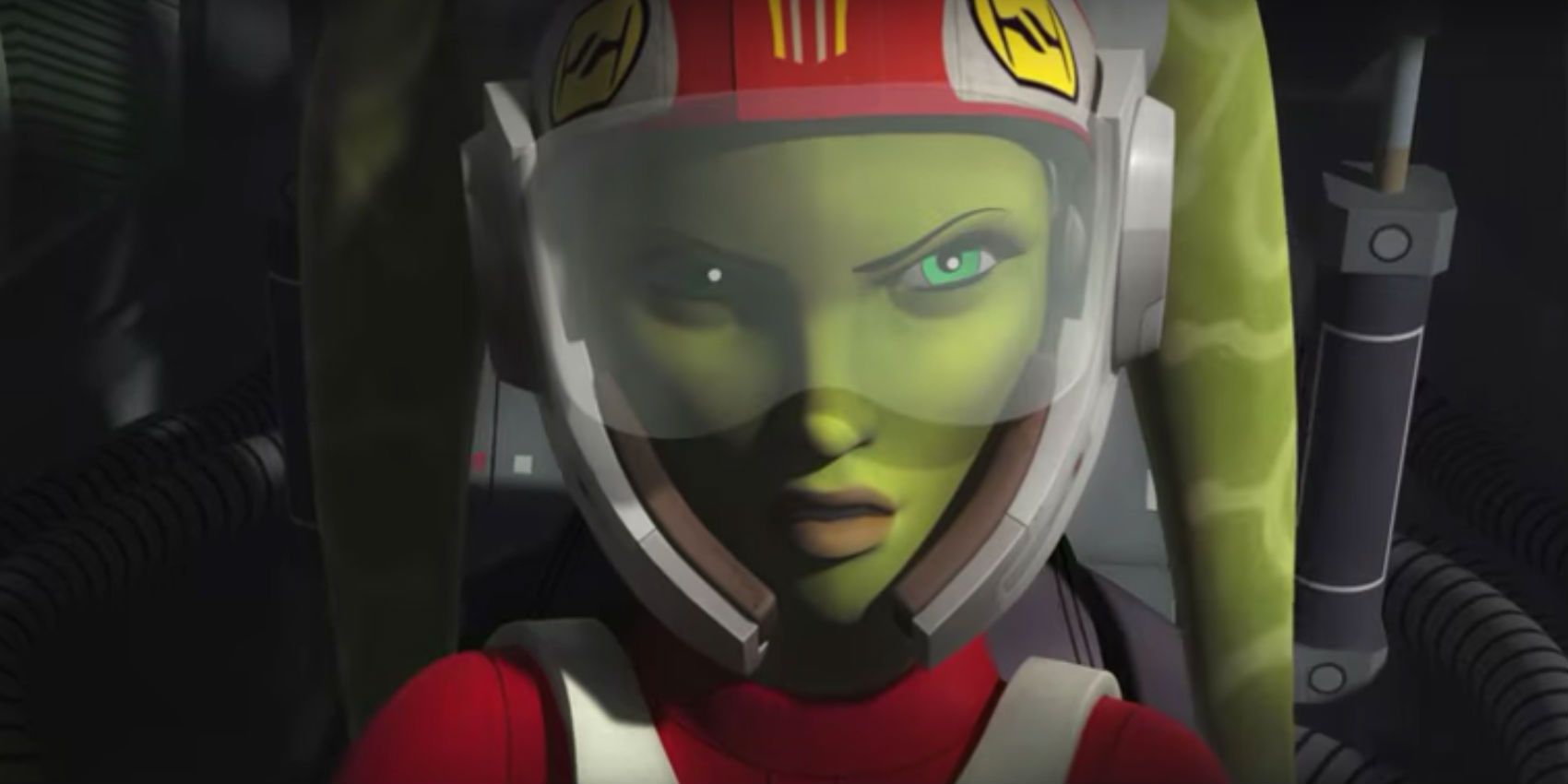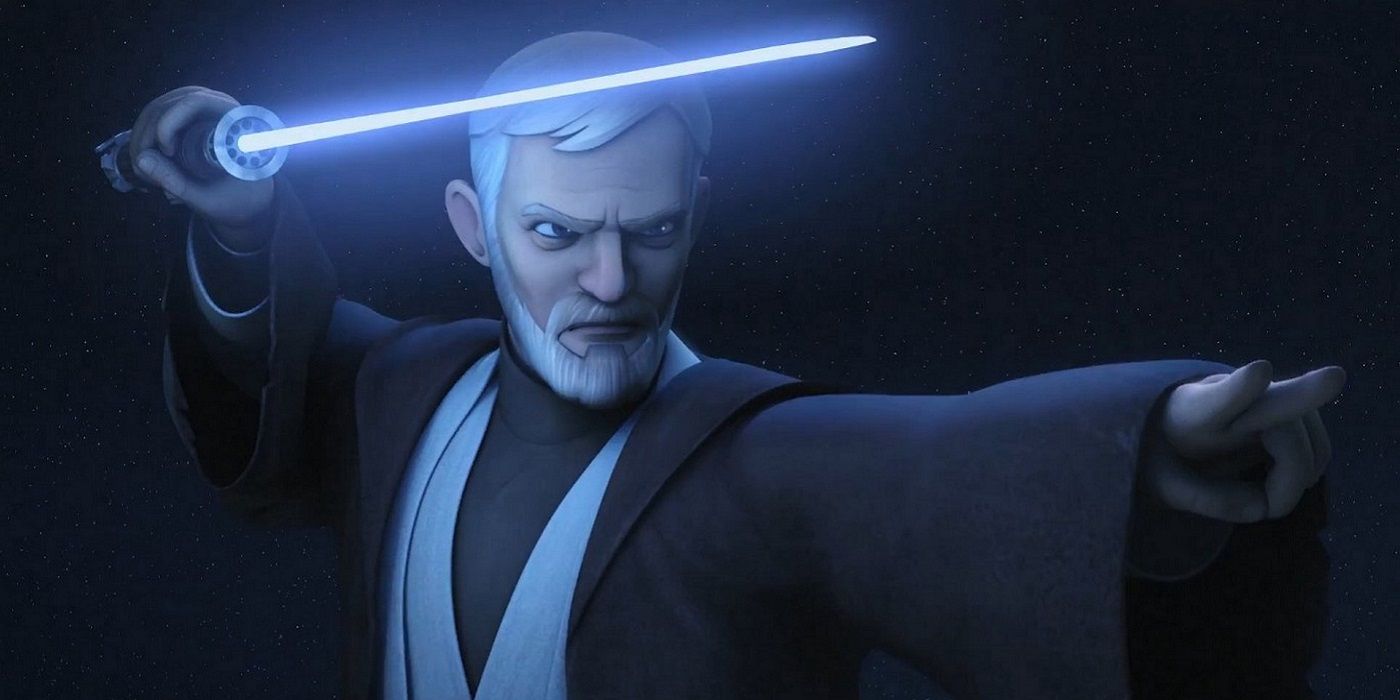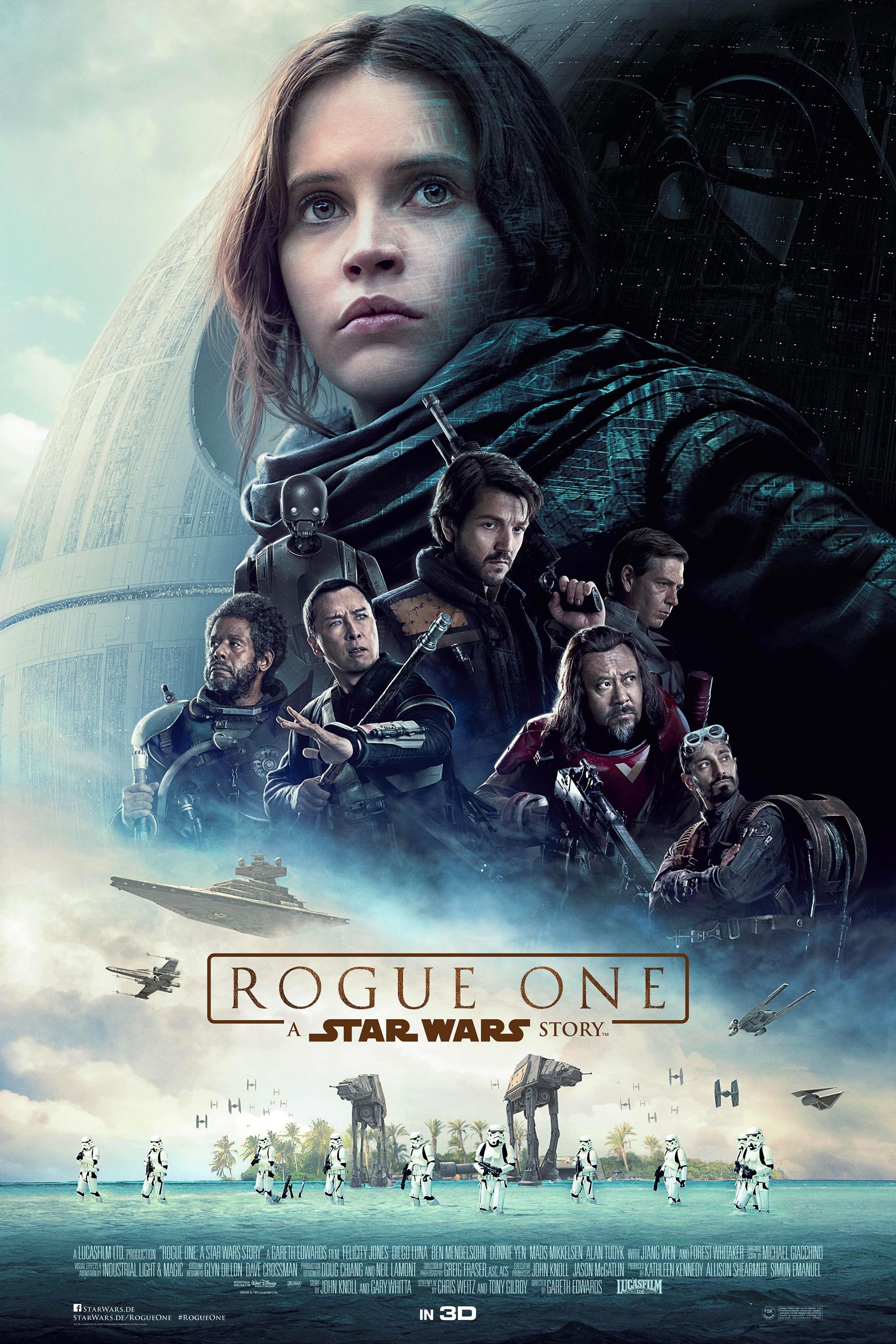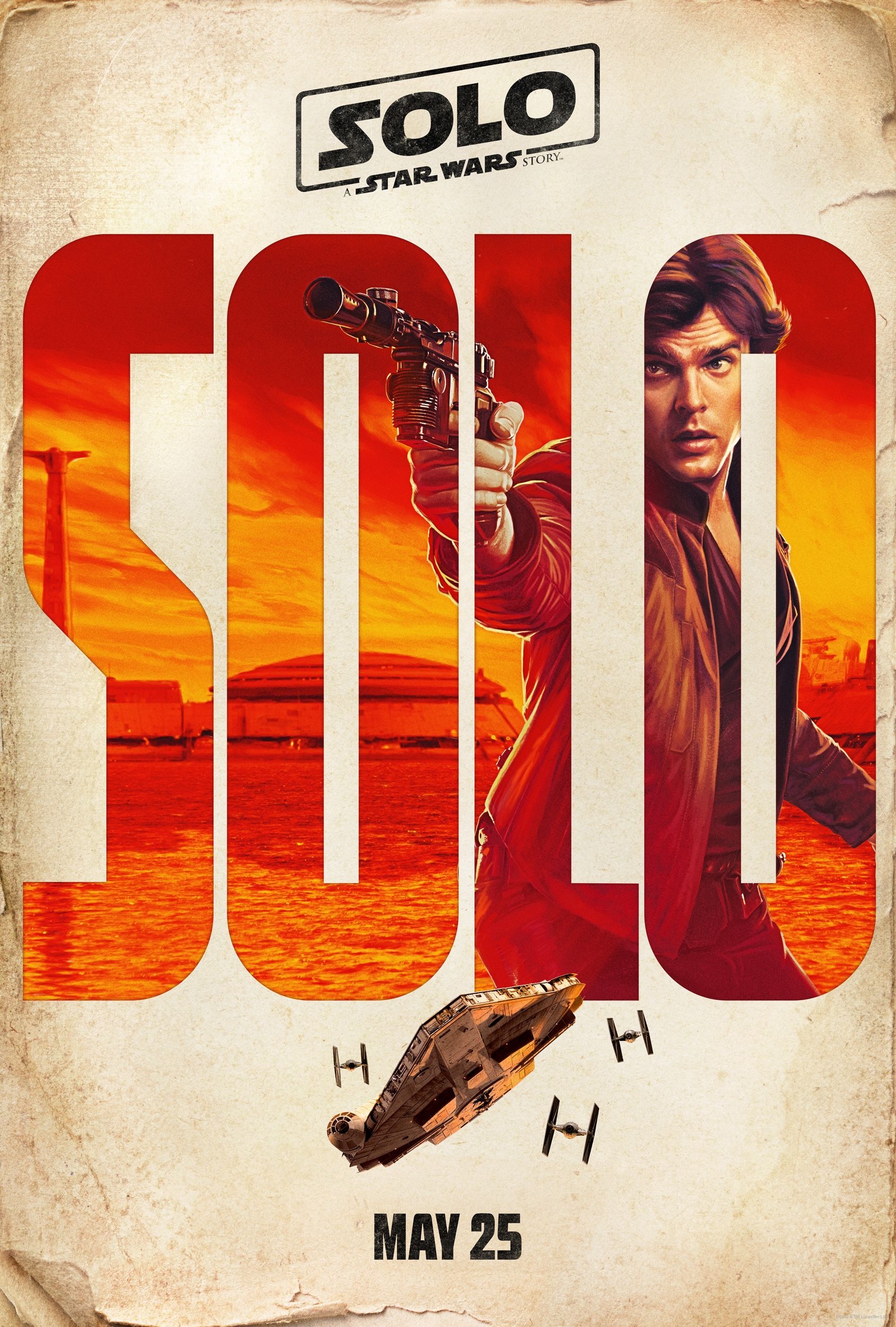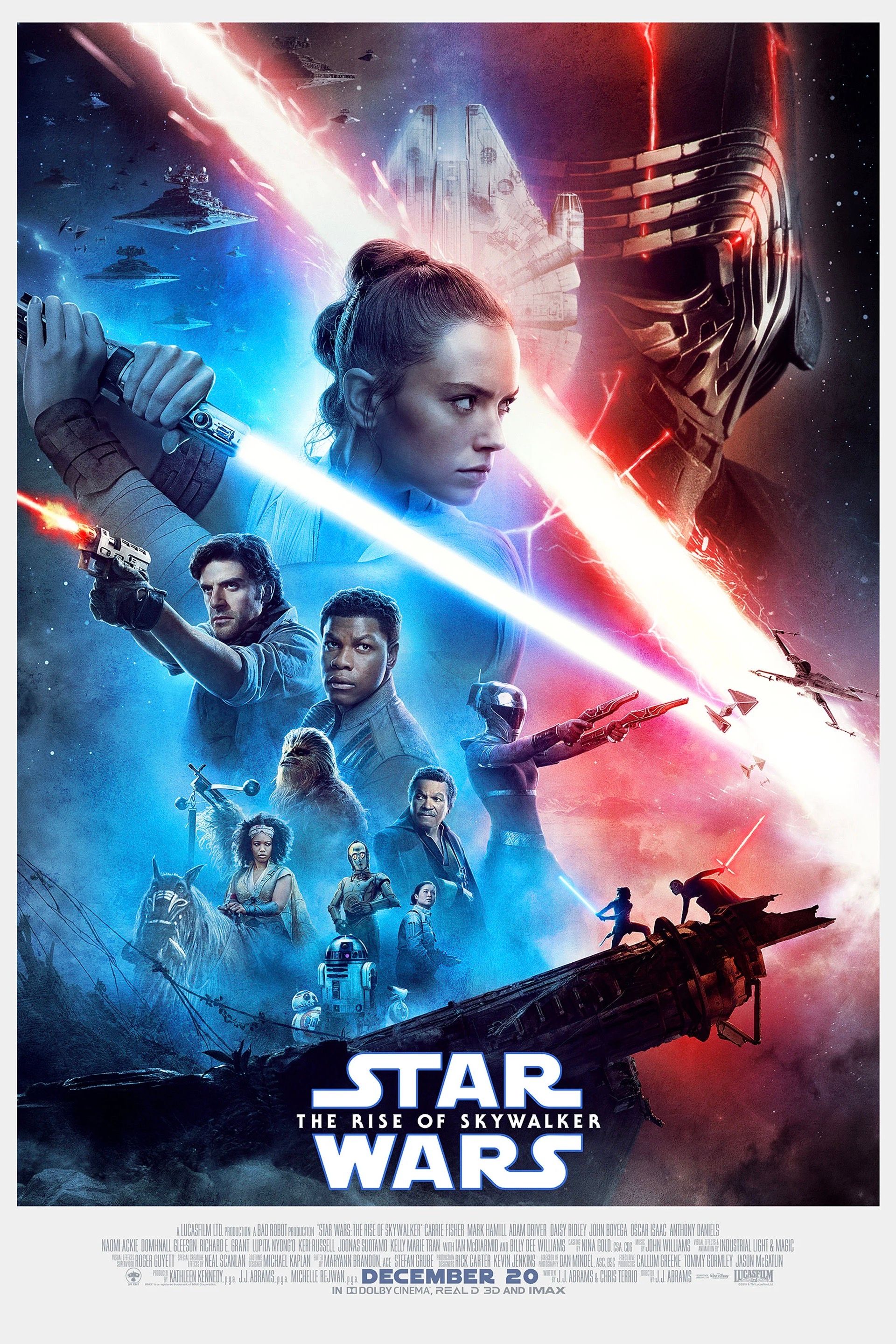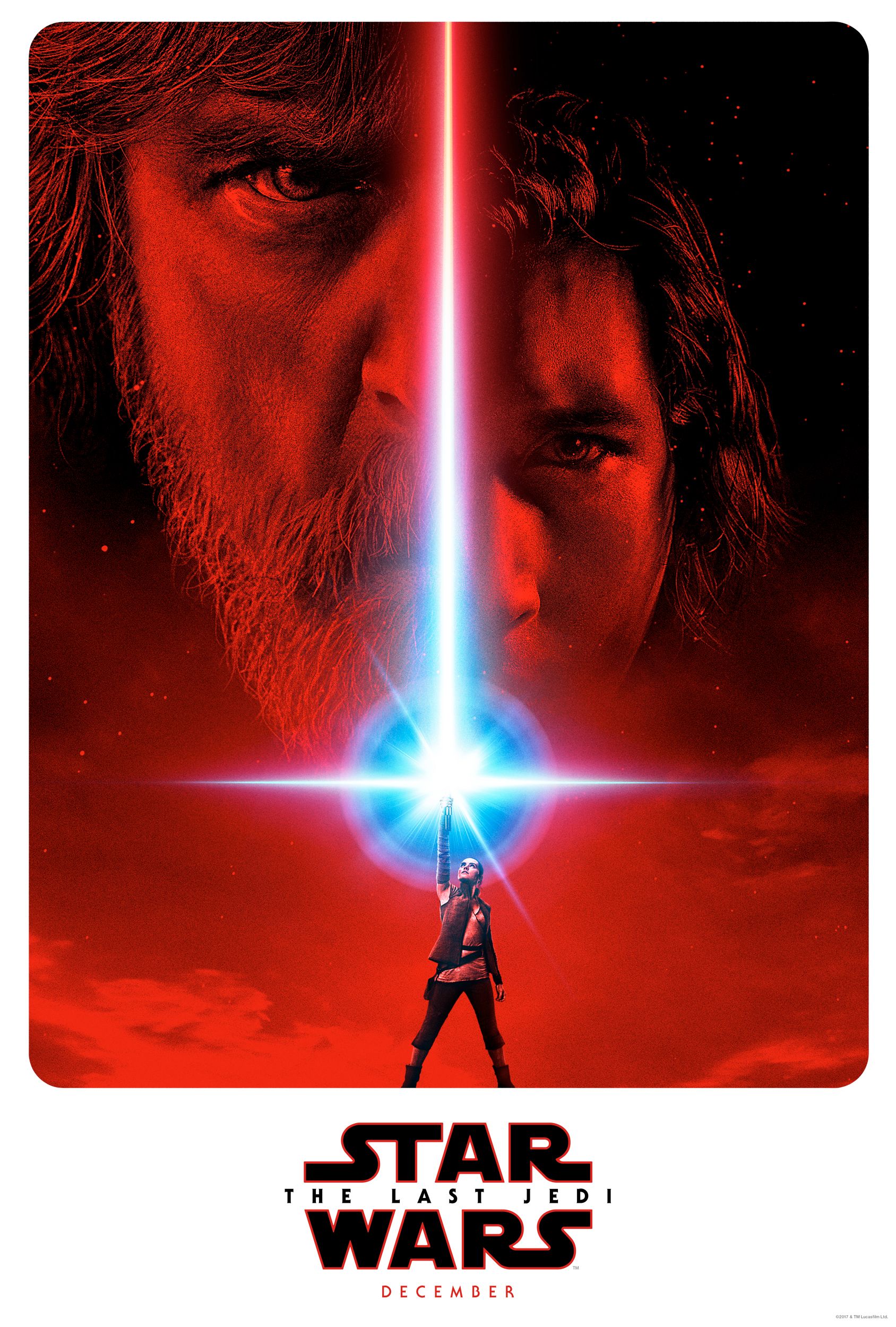A big theme of Star Wars Celebration 2017 this week in Orlando, Florida, was looking back on how we got here and what Lucasfilm is today after 40 years of success and growth. Remembering those who are no longer with us, paying tribute to four decades of Star Wars, and looking deeper behind-the-scenes of last years's Rogue One: A Star Wars Story were all subjects of their own panels at the convention.
Gary Whitta, the first screenwriter on Rogue One, was unfortunately not in attendance but we did have the opportunity to chat with him about working for Lucasfilm, their process, and what went into crafting the very first live-action Star Wars Anthology spinoff recently as the film becomes available on home video.
Our conversation touches on the risk Disney took in how Rogue One ends, working with the Lucasfilm Story Group, writing Star Wars Rebels episodes, the fan-favorite Dash Rendar Legends character, Star Wars video games, and what Lucasfilm should do to keep Star Wars fresh well into the future.
Was there any resistance or hesitation of making a Star Wars film where everyone dies at the end?
Gary Whitta: It’s interesting. It’s sort of a long story but I’ll tell you a parted version of it. At the very, very beginning - and John Knoll was the original progenitor of all this - he came up with the idea “let’s do a movie about stealing the Death Star plans.” And he came up with the initial version of Jyn Erso and the structure of the film never really changed that much from him all the way through to the very end.
But, at the very end Jyn escaped. I think it was an escape pod or some contrivance that we had. They escaped. And when Gareth [Edwards] and I first got involved and we were looking at John [Knoll’s] material one of the first instincts that we had - I can’t remember if it was Gareth or me - but we were sitting around and somebody said “they all need to die!”
I think this this is a story about Martyrdom and the ultimate price some people pay for the freedom of others and that’s what heroism. I mean, these characters die so essentially the entire Star Wars franchise can live. Without their sacrifice there’s no Star Wars and we got really excited about that idea. But it was very early on in the regime of Disney - they had just recently bought Lucasfilm and they were in pre-production on The Force Awakens but we didn’t really know much about what they were doing - and I think we were a little bit nervous we’d fall in love with this idea of killing everyone off and Disney would go “you can’t do that. It’s too dark. It’s Star Wars and too dark for Disney. We don’t kill off all our characters.” and that we’d be heartbroken that we would have to come back from this idea that we loved. And so in the original draft that I wrote, K2-SO always died. I remember that. He was always kind of the expendable.
But Jyn survived! But I remember thinking, even when I turned in my script, it’s the wrong ending. I should have had the guts to write the ending where they die. And even after I left the project, god bless, that seed that Gareth and I planted together stayed with Gareth and still had that itch that he wanted to scratch “that I think they should all die” so when Chris Weitz came on Gareth was sort of saying “Gary and I always talked about this character and how they should all die and make the ultimate sacrifice.” And so they went back to that because Gareth thought it was the one constant from beginning to end all the way through the film. He believed it.
And thank god, Kathleen Kennedy and Disney and everyone was supportive of that and agreed it was the right ending and in the end I think we executed it in a really beautiful way. I remember when we were first working on the story when we were talking about killing off the characters we pulled up on the screen and queued up that scene from Gladiator when Maximus dies as an example of when a character dies, it’s tragic but also beautiful and triumphant. He achieved what he wanted to do. He got revenge for his family and now he gets to go and meet them in the afterlife. And so Gareth and I are choking up watching this scene because it’s such a great death scene, not because it’s tragic and you’re sad for him, but because you’re kind of happy that this is the right ending for the character. That’s sort of the same feeling you get at the end when you see Jyn and Cassian on the beach. You know, that moment when he says “your father would be proud of you,” like people are choking up because it’s just a beautiful death. I’m so glad that initial instinct proved to be the right one. If I’ve learned anything from that process, always go with your gut. Never assume you’re going to lose the battle. Don’t write the cop out ending because the studio won’t let you do it. Write what you believe in. And fight for it. And Gareth did and he got it and it’s the right ending for the film.
Can you talk about how the Lucasfilm Story Group factors into the writing process - do they mandate story elements to be included, or check over things for continuity’s sake?
Gary Whitta: In terms of the continuity I did some of that. I went through the original film, practically frame by frame, and wrote down every single reference that I felt we were canonically tied to. You know, it’s history, right? It’s funny, I made the observation some time ago that Star Wars history is almost more sacrosanct than real history. When you do a historical movie you can change historical events. You know, you see ‘some events have been changed for dramatic purposes.’ You can’t do that for Star Wars! If it happened in the film, you can’t say ‘well, something else happened.’ It’s canon. It’s history. It’s the law.
And so I went through the film and just wrote down every single thing like one of those Imperial Officers saying “we’ve not recovered the stolen datatapes” so I write, it’s gotta be datatapes, so we have to have physical tapes somewhere in the film. Umm… “several transmissions were beamed aboard this ship” and all of this stuff, we have to make sure all of these dots connect correctly because Star Wars fans will notice if they don’t. So I did some of that and there’s a guy at Lucasfilm, Pablo Hildalgo, whose job it is to make sure those dots all connect, and the Lucasfilm Story Group would sit with us. I actually had an office at Lucasfilm for the better part of a year when I started with Gareth on the story and every day we’d sit in a conference room and the Story Group guys would come in and we would sit around and talk about the story. It was a far more collaborative story breaking process than on any film I’ve ever been involved with.
Related: How Star Wars Is Almost More Sacrosanct Than Real History
Will you be writing any episodes of Star Wars Rebels season 4?
Gary Whitta: Umm, I guess I can say that I have done some writing for Rebels season 4 but I can’t say more than that.
Okay, can you do us a favor? Can you bring in Dash Rendar from Shadow of the Empire to Rebels?
Gary Whitta: You know, there are certain people at Lucasfilm that would hang you from a tree for saying something like that.
[Laughs]
Gary Whitta: He’s a very polarizing character! People either love Dash or they hate him.
Related: Don’t Expect to See Dash Rendar Become Star Wars Canon
Aw.
Gary Whitta: But obviously, one of the great things about Rebels is you get to introduce characters from the wider pantheon of Star Wars. One of the coolest things with season 3 is that we got to bring in Thrawn intro the canon and make him an essential character on the show. So I think they’re always looking for those opportunities but the people who work at Lucasfilm are very aware of not doing stuff necessarily just for fan service, you do it because it’s something the show needs or can benefit from rather than just ‘throw this in there because it’s an Easter Egg and someone will notice.’
So, you’re involved in the film front, the TV front, and obviously you have a history in video games - even working for Telltale Games. I have a question from a colleague: Which story from the Star Wars universe do you think would best fit the Telltale Games storytelling format?
Gary Whitta: I actually think if they were going to do a game the right thing to do would be to come up with an original story rather than taking an existing one and adapting that. That’s generally true of the Lucasfilm philosophy across the board. They’re not interested in retelling the same story. They want to advance the story, introduce new characters, new generations, new ideas. I don’t think Star Wars would have lasted 40 years if it kept retelling the same story and they’re very aware of that. They don’t want to just keep bringing the same characters, they want to show people something they haven’t seen before.
With the trilogy of films we also have these standalone stories with Han Solo and Rogue One but they’re still sort of intrinsically linked to the lore and stories we know, they’re spinoffs in a way...
Gary Whitta: Yeah
As a fan, outside of your work, after episode 9, after this trilogy, what would you like to see done in a standalone film?
Gary Whitta: You know, I’ve never really given it a lot of thought. If Lucasfilm were to come to me and say “we want to do a standalone movie that doesn’t have any connection at all, no familiar characters, no connections to the history, something completely different,” I’ve never given it much serious thought so off the top of my head that a week from now I’ll see in print and be proud of. But, speaking purely as a fan, I have a little idea of what they’re doing in the immediate future but not in the long-term - and they are thinking long-term - my guess is, and give it another 10 years, they’re going to be making these films forever, that you’re going to see less and less of the original Star Wars story DNA because again, you can’t keep recycling the same stories, you gotta move into new territory.
Any status update on Sherlock Holmes 3?
Gary Whitta: You know, it’s so weird, I don’t know why I keep getting asked about this movie. I worked on it for a week.
Oh, haha
Gary Whitta: So, Nicole Perlman is a good friend of mine who co-wrote Guardians of the Galaxy, called me up and said ‘do you want to do a week on Sherlock Holmes?’ They have these writers rooms now. They have a bunch of writers sit in a room and brainstorm ideas either to fix the script that needs fixing or brainstorm ideas for a rewrite or to figure out a story to tell. And Nicole, Robert [Downey Jr.] had hired her to work on Sherlock Holmes 3 and gave her some money to hire some writers to put in a room just to generate ideas, so we spent a week just tossing a ball around going “what if Sherlock did this? What if Holmes did that?” You know, “what if Watson said this?” and it’s just a bunch of ideas. And then somehow it got reported that I’m writing Sherlock Holmes 3. It got way exaggerated in the media so it’s entirely possible that between now and when they make that film I’ll go “oh, there’s an idea I came up with and it landed in the finished film” but I honestly have no idea what they’re doing.
Cheers, and thanks for your time!
More: How Rogue One Has Changed Star Wars Forever
Rogue One: A Star Wars Story is directed by Gareth Edwards (“Godzilla,” “Monsters”) and produced by Kathleen Kennedy, p.g.a., Allison Shearmur, p.g.a. (“The Hunger Games: Catching Fire,” “Cinderella”) and Simon Emanuel, p.g.a. (“The Dark Knight Rises”). Veteran ILM visual effects supervisor John Knoll, (“Pirates of the Caribbean: Dead Man’s Chest) whom shares a long history with the Star Wars films, is executive producer alongside Jason McGatlin (“Star Wars: The Force Awakens,” “War of the Worlds”). The story is by John Knoll and Gary Whitta (“The Book of Eli,” “After Earth”), and the screenplay was written by Chris Weitz (“The Golden Compass,” “About a Boy”) and Tony Gilroy (“The Bourne Legacy,” “Michael Clayton”).
Felicity Jones (“The Theory of Everything,” “Like Crazy”) heads up the cast and stars opposite Diego Luna (“Milk,” “Elysium”). Joining them are Ben Mendelsohn (“Bloodline,” “Animal Kingdom”), Mads Mikkelsen (“Casino Royale,” TV’s “Hannibal”), Alan Tudyk (“Frozen,” “I, Robot”), Riz Ahmed (“Nightcrawler,” “Jason Bourne”) and Forest Whitaker (“The Last King of Scotland,” “The Butler”). The film also welcomes two of China’s biggest stars, Donnie Yen (“Ip Man,” “Blade II”) and Jiang Wen (“Let the Bullets Fly,” “The Sun Also Rises”). In addition, Anthony Daniels (“Star Wars: A New Hope,” “Star Wars: The Empire Strikes Back”) reprises his role of C-3PO, marking his eighth appearance in a Star Wars film.
To create the distinctive and contemporary look of the film, Edwards chose revered cinematographer Greig Fraser (“Zero Dark Thirty,” “Foxcatcher”). Visual effects supervisors John Knoll and Mohen Leo (Marvel Studios’ “Ant-Man,” “The Martian”) team up with special effects supervisor Neil Corbould (“Black Hawk Down,” “Saving Private Ryan”) and ILM animation supervisor Hal Hickel (“Pirates of the Caribbean: Dead Man's Chest,” “Iron Man”). Star Wars veteran Doug Chiang (Star Wars Episodes I and II, “Forrest Gump”) and Neil Lamont (supervising art director on “The Force Awakens” and the “Harry Potter” film series) join forces as production designers, and Neal Scanlan (“Prometheus”) returns to do special creature effects, having recently worked on “Star Wars: The Force Awakens.” Additional key crew include costume designers Dave Crossman (costume supervisor on The Force Awakens and the “Harry Potter” film series) and Glyn Dillon (“The Force Awakens” and “Kingsman: The Secret Service” costume concept artist), as well as stunt coordinator Rob Inch (“The Force Awakens,” “World War Z”).
The music is by composer Michael Giacchino (“Star Trek Beyond,” “Zootopia”), with original Star Wars music by John Williams. The editors for the film are John Gilroy, ACE (“Nightcrawler,” “The Bourne Legacy”), Jabez Olssen (“The Hobbit” trilogy) and Colin Goudie (“Monsters”).

